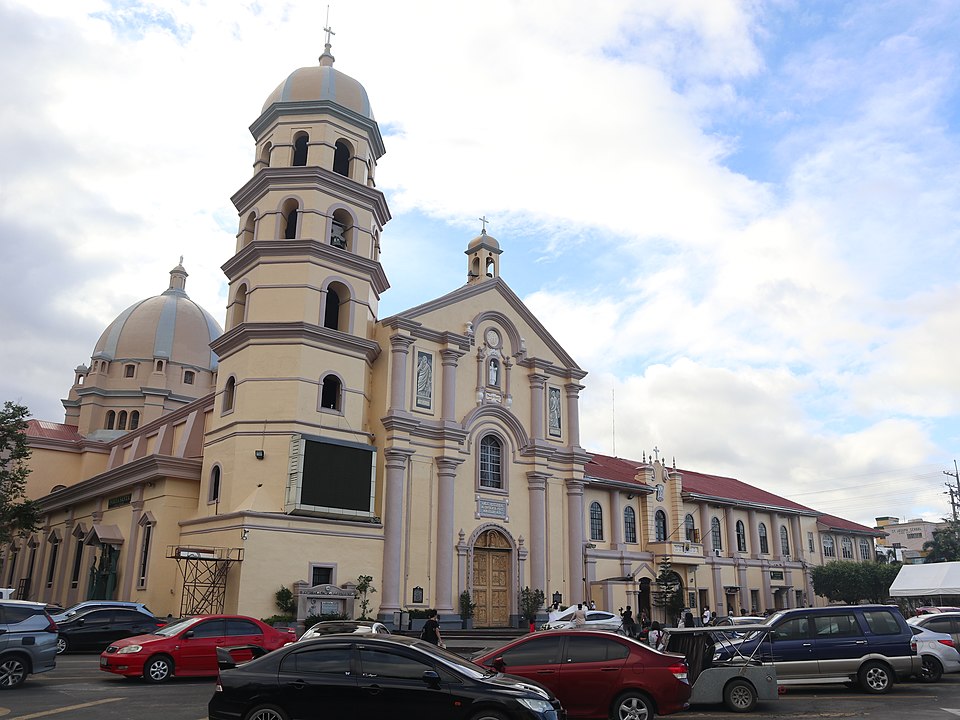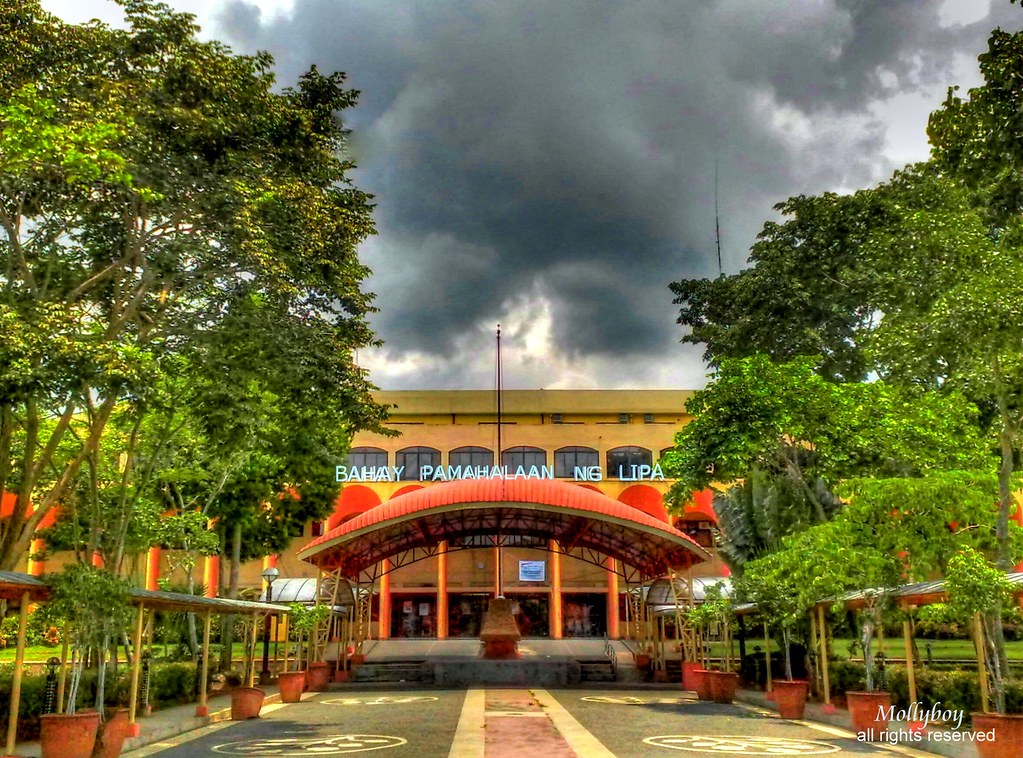
Loading...

The city is also known as the " Rome of the Philippines", being the country's answer to Vatican City with its historic cathedral, religious sites, and seminaries. Lipa is also the largest city in Batangas and serves as the economic and religious center of the province3.
Formerly a Spanish military headquarters, it is a market town for a fruit-growing region. Lipa was rebuilt (including its cathedral) after a disastrous volcanic eruption in 1754 and again after its virtual destruction under Japanese occupation during World War II
Lipa City is a landlocked component city in the coastal province of Batangas, Philippines1. It is located approximately 78 kilometers (48 miles) south of Manila and is the most populous city in Batangas.